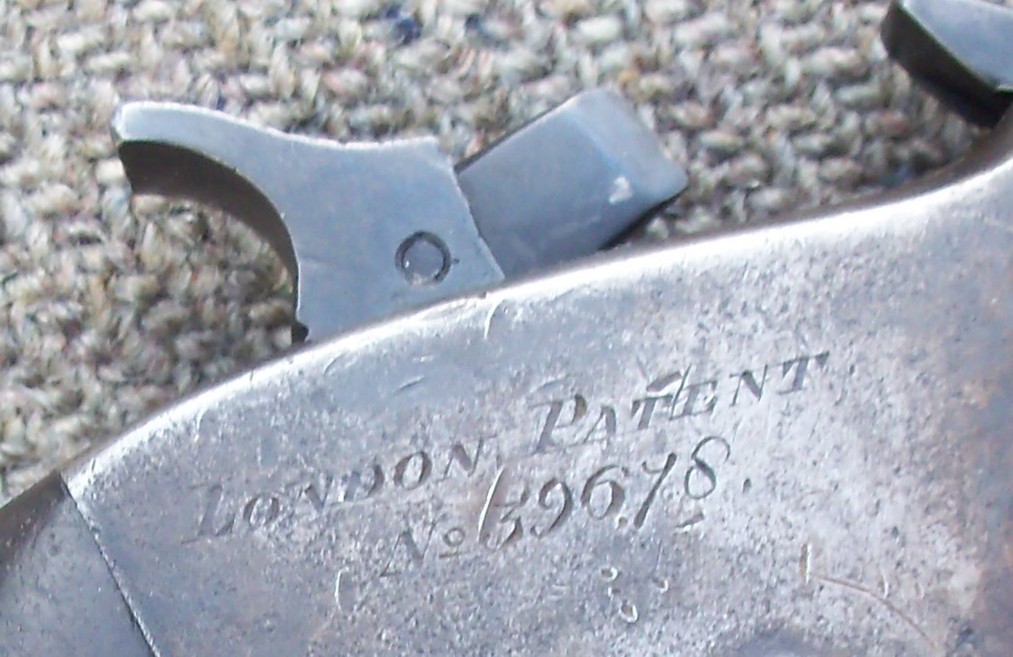Some of the most beautiful work of this craftsman, and many others, are in this book “Liège Gunmakers through their Work. 1800 - 1950”.
For more detail see: LIEGE GUNMAKERS
Coquilhat - Decortis
This is a copy of a Smith & Wesson No. 2 revolver, often nicknamed the "Old Army
Model". The original S&W is well known.
The S&W firm filed the patent for this revolver in 1855. Chambered in 32 annular
caliber, its capacity is 6 shots in single action. It benefits from a "tip-up"
system, that is to say by breaking upwards. Manufactured from 1861 to 1874, it
was a weapon much appreciated by officers during the American Civil War (known
as the Secession) as a secondary weapon, and produced in approximately 77,000
copies. This S&W revolver was also popular with French officers under Napoleon
III.
The success of this handgun, which was rarely matched at the time for its ease
of use and the relative power of its ammunition, led many craftsmen to produce
copies of varying quality, mainly in Belgium and England.
The example examined here is obviously intended for the British market, with its
Birmingham proof marks. However, there is no certain indication that it was
produced in England. For example, a certain Meyers (Belgian, English?) is known
for his copies of this S&W No. 2 model.
Markings:
London patent No. 39678 (right side frame).
Birmingham proof marks (barrel).
MD under left grip (?).
AS, number 30 (serial number?) and other indecipherable markings under the right
plate.
GD in intertwined cursive under the left plate.
AC in intertwined cursive in an oval under the left plate.
These last two logos are good clues to suspect a Liège origin for this revolver,
or at least for some of its elements. Indeed:
1. The intertwined GD monogram could be that of the Liège craftsman Gilles Decortis, well listed on the site.
2. The AC logo in cursive in an oval is most likely that of COQUILHAT Aimé. We already find on the site a copy of S&W No. 1 that is attributed to this craftsman, which reinforces the credibility of his participation in the manufacture of the revolver examined here.
In conclusion, this copy of the S&W No. 2
revolver intended for the British market and tested in Birmingham seems to be of
Liège origin. The idea of a manufacture with the participation of Aimé
Coquilhat and possibly Gilles Decortis is attractive, even convincing. We can
reasonably estimate that the weapon was produced during the 1860s to 1870s.
Chris, PHL, HPH, Alain
